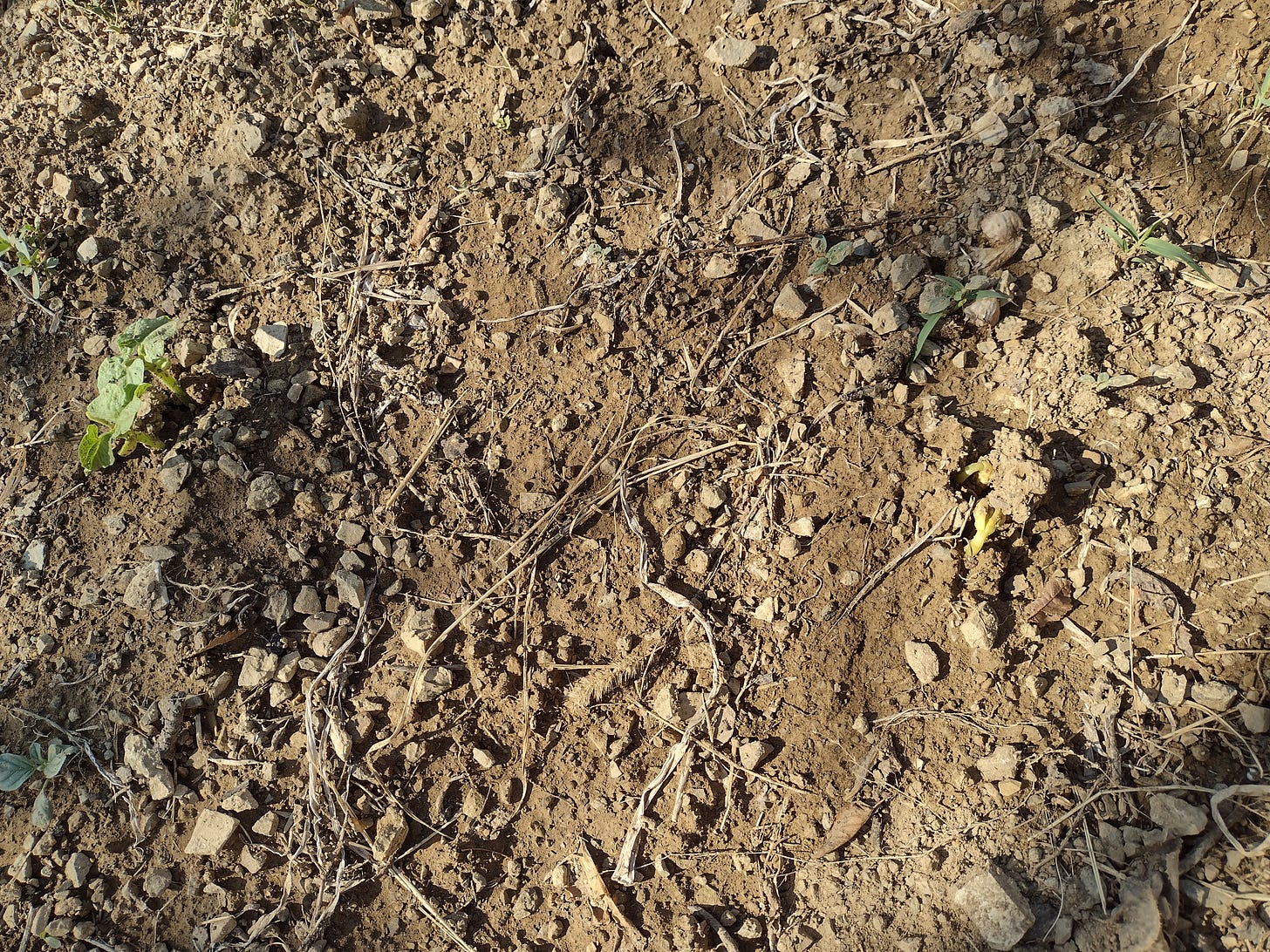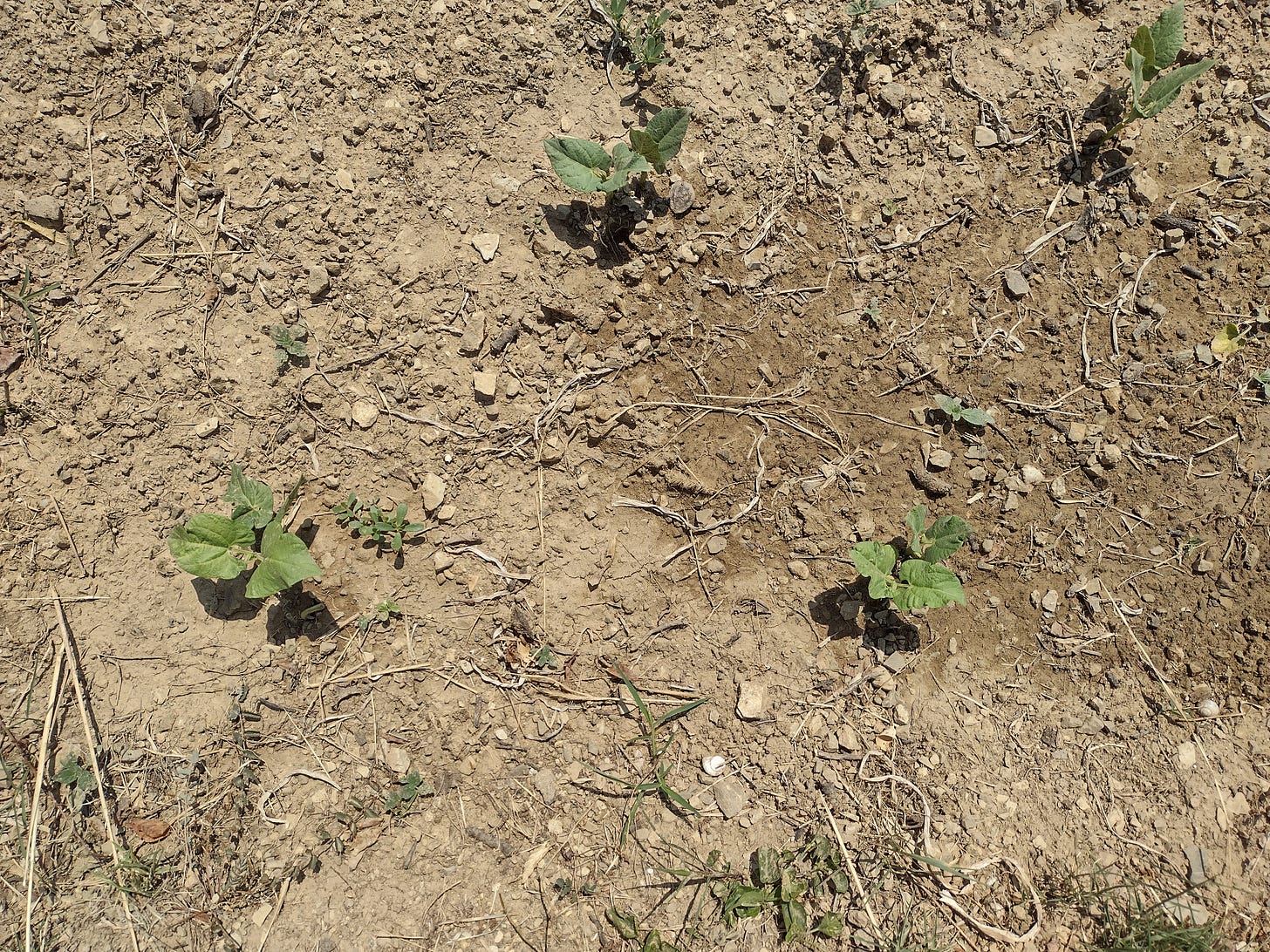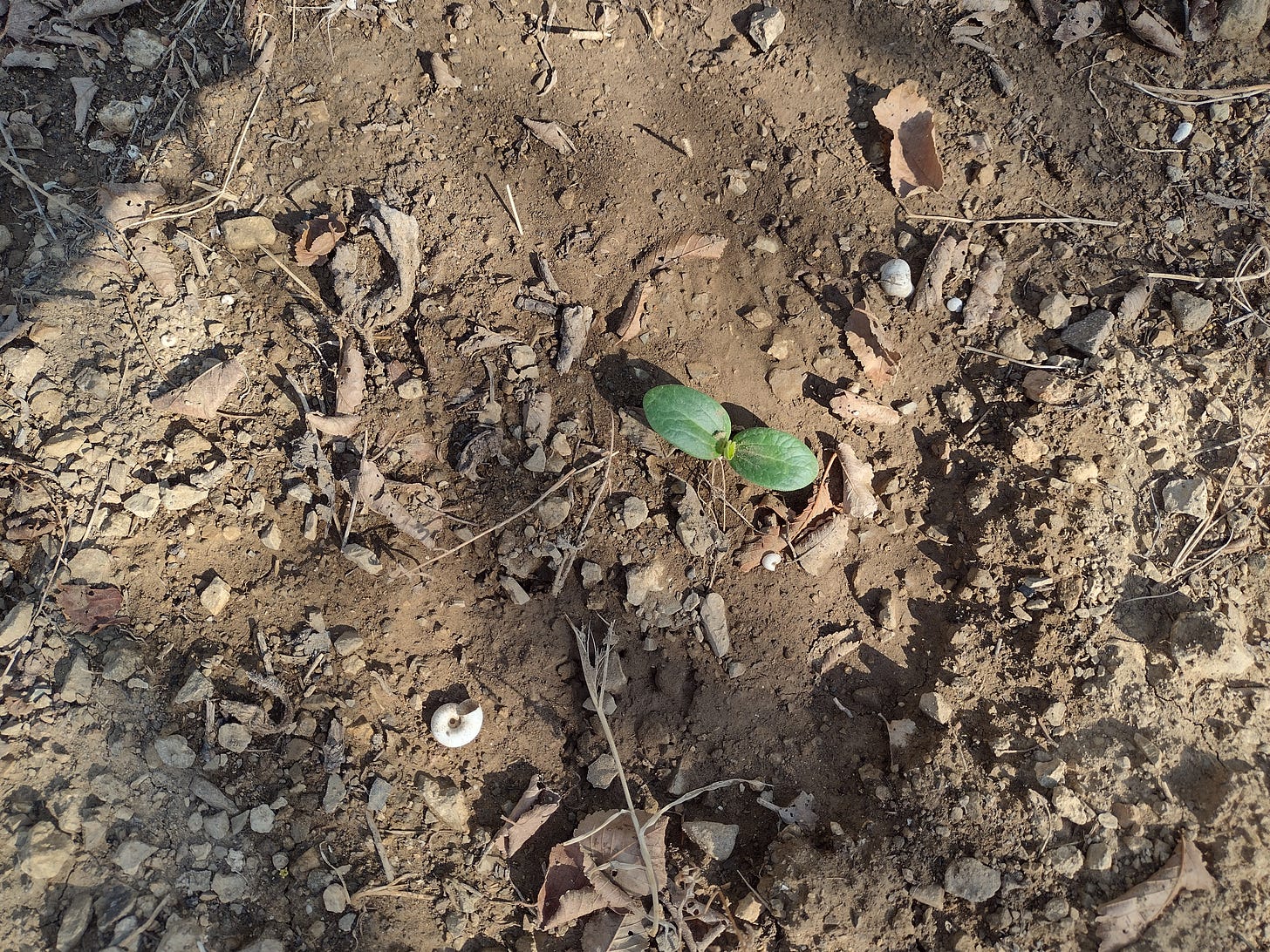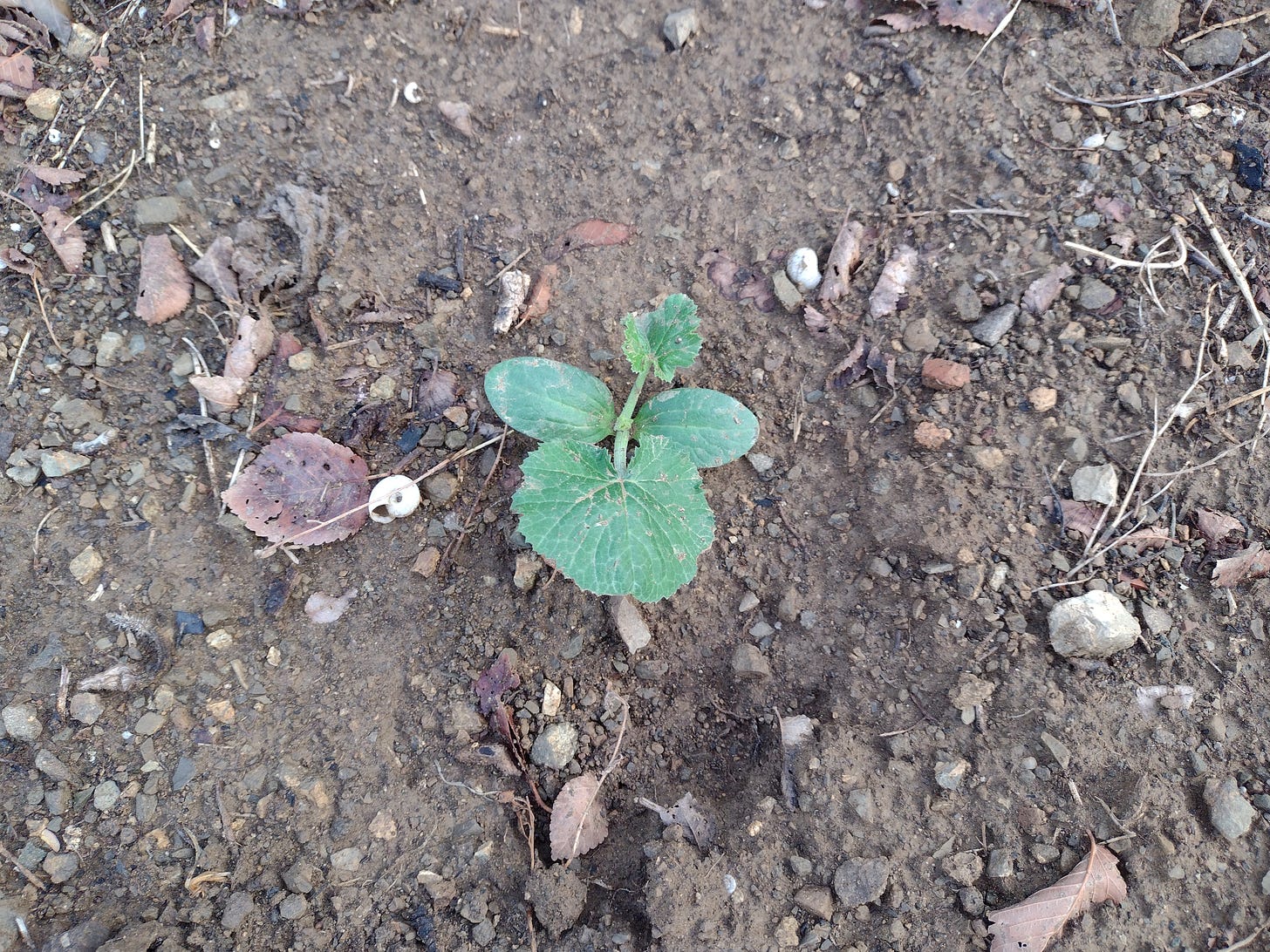Back in June, when the sudden onset heat hit us, we quickly gave up hope of growing anything much this year. Reality crushing ambitions and all that. It wasn’t the best start of the summer. But then, a couple of weeks ago, we had a revelation.
What if, we wondered, we could sow the seeds we normally sow in spring, in late July? What if we could have a two-harvest year instead of the standard one-harvest schedule? After all, we plant tomatoes at the height of summer for winter preserve purposes — so they can grow in the heat. What if other vegetables can grow in the heat as well?
It turned out there were plenty of vegetables that could indeed be sown in summer and bear harvest by November. Not only this, but some of them, farming websites assured us, even tasted better when grown during summer and autumn rather than spring and summer. We were sold.
We bet on the vegetables that got destroyed in the June heat — beans and courgettes. We also tossed into the ground half a dozen old potatoes that had been sitting in the potato basket for months and had developed a nice crop of tubers. We’re still waiting on the potatoes but the beans and the courgettes? They’re out and growing, fast.
This is how the beans looked about a week after we planted them.
And another week later.
Not all of the beans we put into the ground came out — one variety in particular refused to cooperate almost entirely — but enough did for that pleasant sense of self-satisfaction best described by Jeremy Clarkson with the words “ I did a thing!”
We absolutely did a thing with the courgettes, too.
That’s a week after sowing, with peak day temperatures around 35C and night-time temps gradually declining from the mid-20s to a cool and wonderful 18-19 in the past week or so.
Another week later and going strong. We sowed eight seeds and six sprouts came out. Well done, those courgettes.
The biggest problem with sowing in the summer is, of course, watering. But we were prepared for that and, besides, it has miraculously rained twice now just in time to keep Pretty Boy Tank in operation — and top up the water reservoir that supplies drinking water to the village just as the outages began. We might finally see our luck turn.
We’ll likely need to keep watering the new guys until about the end of September and then the autumn rains will arrive, to help the crop grow and fatten. Either that or they’ll start early and kill everything yet again. But that would be fine because we’d be prepared for the loss. In any case, the past two autumns have been long, relatively dry, and warm, so we’re betting on a third one of the same sort.
Potatoes, beans, and courgettes are not at all the only vegetables one can plant in the summer, of course. Apparently, all the members of the cabbage family do swell if planted in July — and some even allegedly taste better if planted later in the year. We forewent Brassicae this year, however, because the trauma from last year’s harlequin bug infestation is still fresh.
Beetroot is another vegetable that gardening bloggers claim tastes better when sown in the summer and harvested in November. We are going to put that claim to the test at the end of the month because beetroots are delicate things — they don’t do well if sown smack in the middle of the August heat.
Who knew there was such a thing as a second chance in gardening?







Good information! Thank you. And good luck.